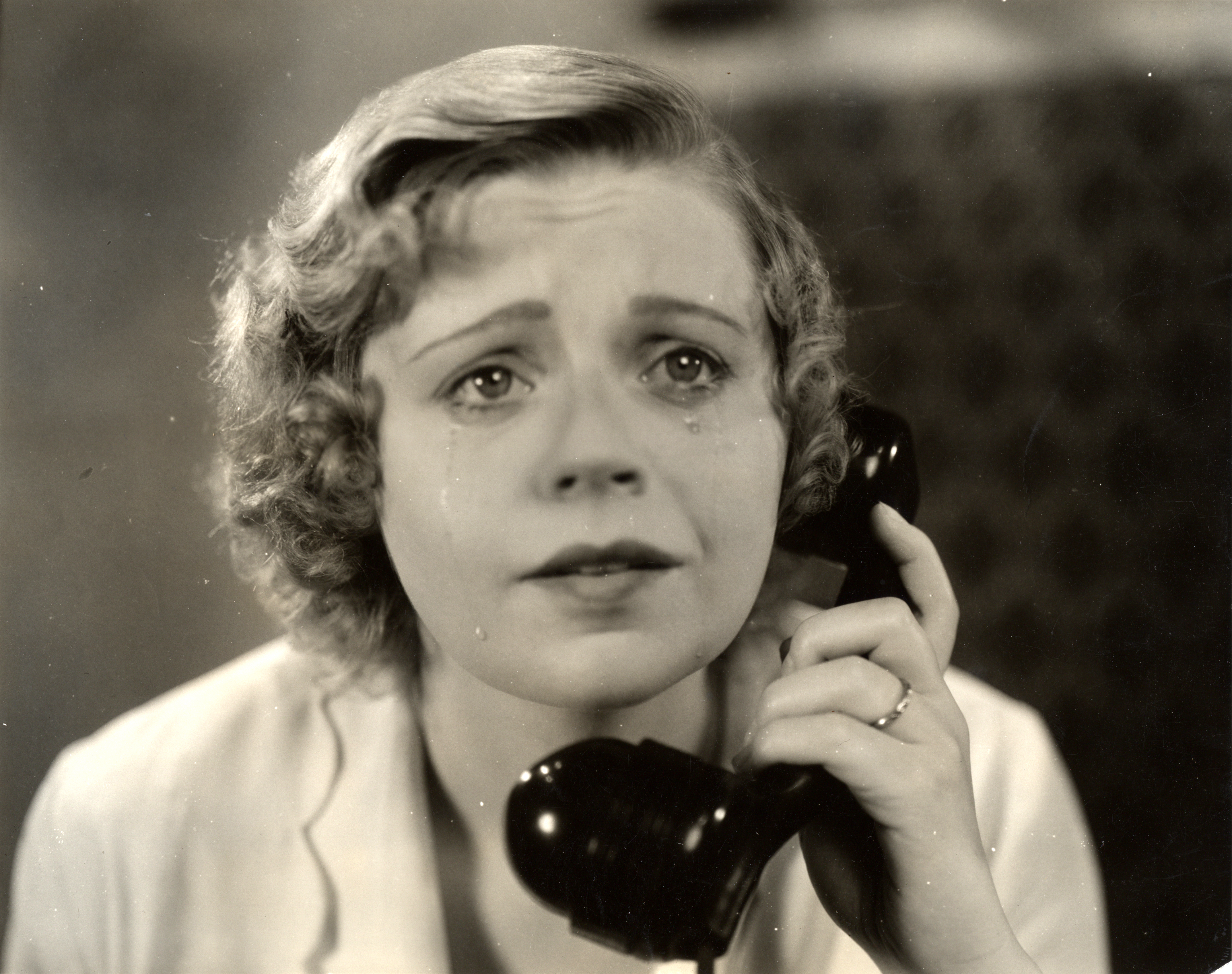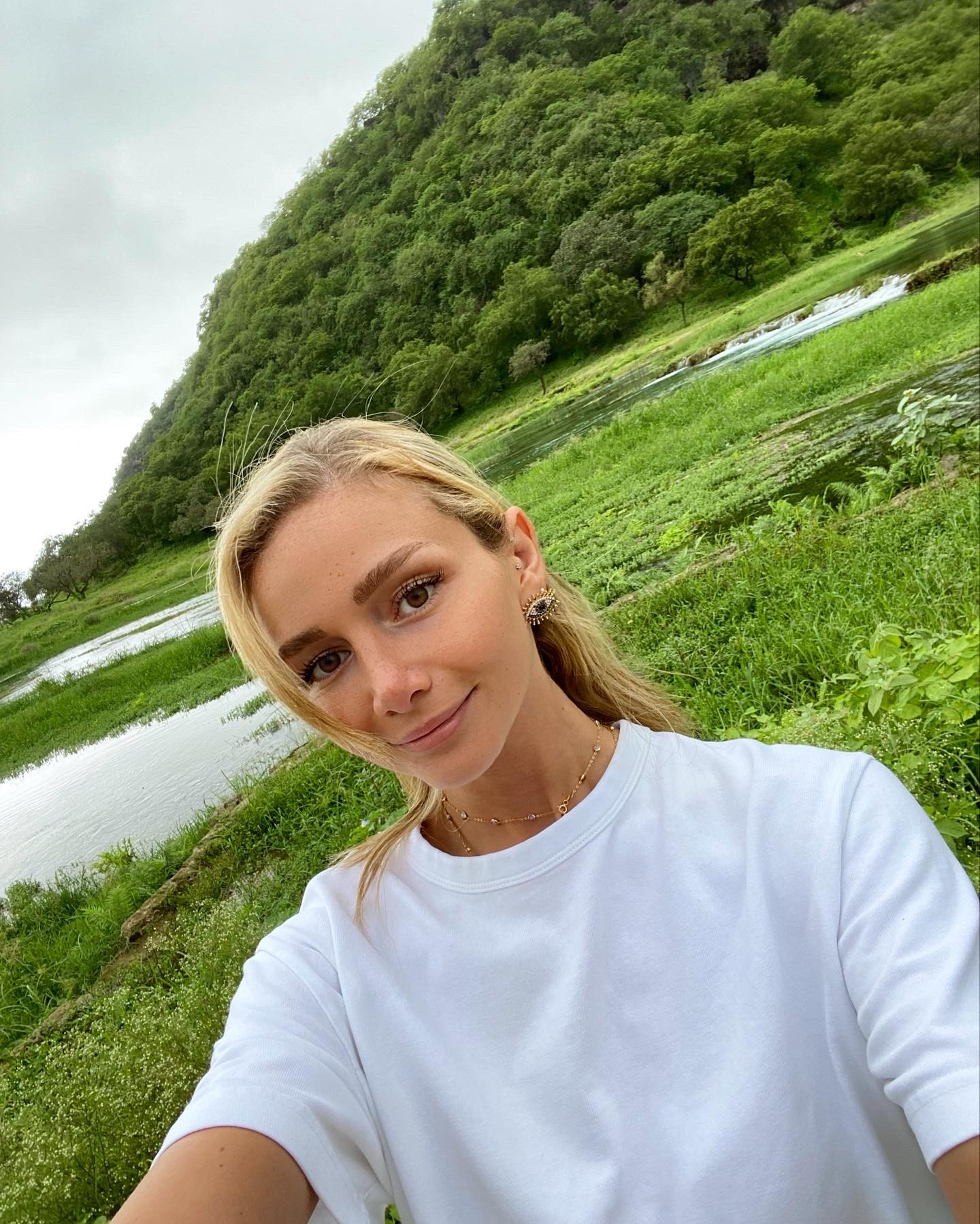
I tried going public on social media once. Granted, it lasted three days, but that’s all it took to convince me that giving strangers access to view my photos wasn’t for me. That’s not to mean that I judge anyone who chooses to share their content to the world, but privacy has become so rare in this day and age that it’s difficult for others to understand why I choose to keep my personal life out of the spotlight.
Ideally, I have the perfect excuse to publicise myself. My job revolves around fashion, media, travelling and promoting my work. I remember when I first applied for my current job almost two years ago, as soon as I completed my interview with my current manager, I received a follow request from the Managing Director of GRAZIA. I was baffled yet admittedly, quite flattered. Why did he have any interest in seeing what my life looked like? I then recall my first week on the job, where everyone around me was asking why I didn’t have a public account on Instagram, as if that was the new norm. You’d think I wouldn’t be surprised, especially considering that I attended two fashion schools in London where models and influencers roamed around university as students, posting every little detail of their lives for the world to see.
Little to my surprise, it didn’t stop there. Until this very day, I still get asked why I choose who I expose my private life to. It’s straightforward really, I simply don’t feel comfortable knowing that unfamiliar people, who might as well be weirdos for all I know – not that everyone on the internet is – can stare at, screenshot and share photos of myself and family with whomever else they please.
It’s also important to note that the last time I changed my privacy settings was because my family and friends were pressuring me after I was posting threads of my opinions on what was happening in Palestine in 2021. I had a conversation with a designer who, let’s just say, had polar opposite views of my own. After posting the discussion, dozens of my followers started sharing the screenshots and informed me that people were asking for more. In that moment, I told myself if I was to ever go public, it had to be for a justified reason according to my own sets of values, and nothing seemed more warranted than to raise awareness for my people.
Soon after, I received about 10,000 new followers, went completely viral, got a shout-out from Diet Prada and spearheaded the domino effect that resulted in the designer’s brand being boycotted across the Middle East by the largest retail stores, including Ounass, Harvey Nichols and Bloomingdales. I know what you’re thinking, if going viral was such a success, why did I choose to change my privacy back to its default settings? Because although I managed to make a difference – which I truly never would have envisaged – I still felt uncomfortable with the fact that there would inevitably be strangers that will be scrolling through my photos, judging me (whether negatively or positively) for the way I look, the places I visit, and my lifestyle choices.
The way I see it, social media is the most powerful platform in the world where millions of people choose to exhibit their lives. For now, I’d rather have the power to choose whether I accept or decline each person that comes across my feed, perhaps at least until another opportunity for me to go viral again presents itself to me.









